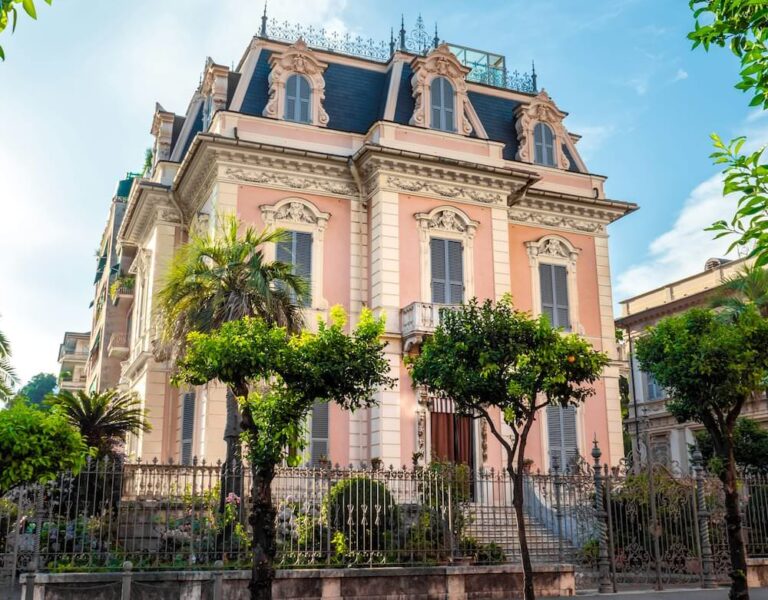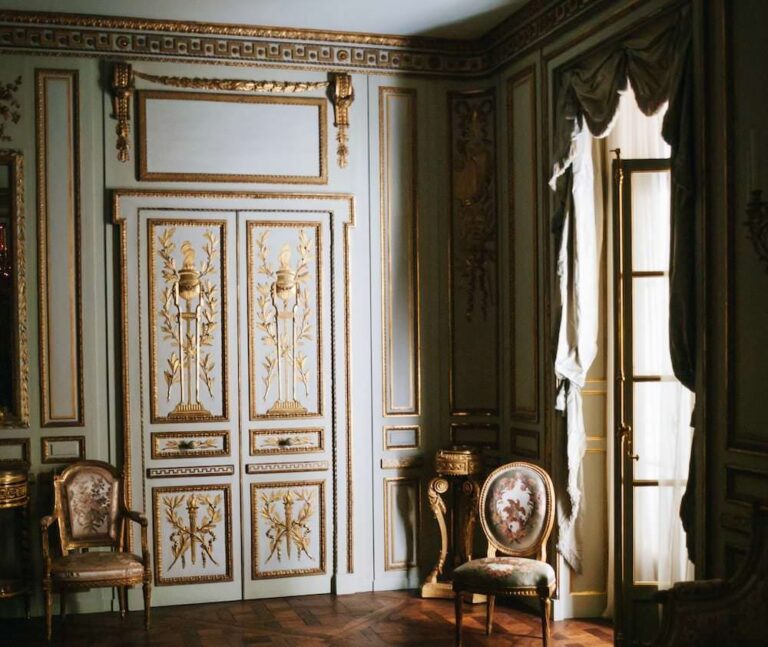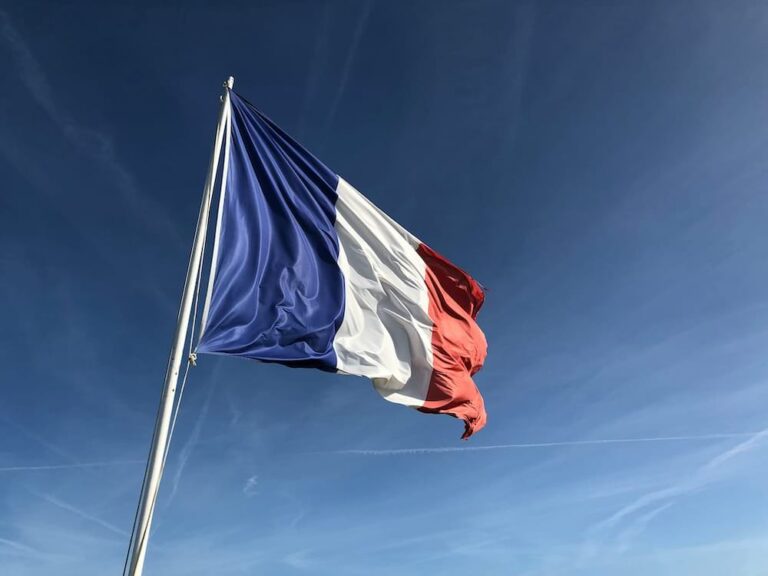north south east west
The four main cardinal directions in French are “nord” (north), “sud” (south), “est” (east), and “ouest” (west). Unlike English, these nouns are all masculine in French. When used as nouns, they typically appear with the definite article: “le nord,” “le sud,” “l’est,” and “l’ouest.”
Examples of cardinal directions:
- Le train se dirige vers le nord. (The train is heading north.)
- Le soleil se lève à l’est. (The sun rises in the east.)
- Les oiseaux migrent vers le sud. (Birds migrate south.)
- La tempête vient de l’ouest. (The storm is coming from the west.)
The corresponding adjectives are:
- Northern: septentrional/septentrionale
- Southern: méridional/méridionale
- Eastern: oriental/orientale
- Western: occidental/occidentale
These adjectives must agree in gender and number with the nouns they modify. Let’s examine each:
Septentrional (northern):
- Une région septentrionale (a northern region – feminine singular)
- Un pays septentrional (a northern country – masculine singular)
- Des vents septentrionaux (northern winds – masculine plural)
- Des provinces septentrionales (northern provinces – feminine plural)
Méridional (southern):
- Une ville méridionale (a southern city – feminine singular)
- Un climat méridional (a southern climate – masculine singular)
- Des fruits méridionaux (southern fruits – masculine plural)
- Des côtes méridionales (southern coasts – feminine plural)
Oriental (eastern):
- Une culture orientale (an eastern culture – feminine singular)
- Un pays oriental (an eastern country – masculine singular)
- Des marchés orientaux (eastern markets – masculine plural)
- Des traditions orientales (eastern traditions – feminine plural)
Occidental (western):
- Une civilisation occidentale (a western civilization – feminine singular)
- Un monde occidental (a western world – masculine singular)
- Des pays occidentaux (western countries – masculine plural)
- Des sociétés occidentales (western societies – feminine plural)
Etymology:
The word “nord” comes from Old French, which borrowed it from Germanic languages (Old English “norþ,” Old High German “nord”). This ultimately derives from Proto-Indo-European *ner-, meaning “left, below,” as north was considered the direction to the left when facing the rising sun.
“Sud” entered French through Old French from Old English “suþ” or Old High German “sund,” ultimately from Proto-Germanic *sunthaz.
“Est” comes from Old French “est,” which derives from Old High German “ōst,” related to Latin “aurora” (dawn) and ultimately from Proto-Indo-European *aus- (to shine).
“Ouest” comes from Old French “west,” borrowed from Old High German “west,” possibly related to Latin “vesper” (evening).
The adjectival forms have interesting Latin origins:
- “Septentrional” comes from Latin “septentrionalis,” referring to the seven stars of Ursa Major (the Big Dipper).
- “Méridional” derives from Latin “meridionalis,” related to “meridies” (midday, south).
- “Oriental” comes from Latin “orientalis,” from “oriens” (rising sun).
- “Occidental” derives from Latin “occidentalis,” from “occidens” (setting sun).
These etymologies reflect ancient methods of navigation and orientation, where the rising and setting sun, along with stellar constellations, were crucial reference points for determining direction.
Alternative Directional Expressions
In addition to the formal adjectives (septentrional, méridional, oriental, occidental), French offers a more common way to express “northern,” “southern,” “eastern,” and “western” using the construction “de + cardinal direction”:
Du Nord (northern):
- La France du Nord (Northern France)
- Les régions du Nord (the northern regions)
- Une ville du Nord (a northern city)
- Les traditions du Nord (northern traditions)
Du Sud (southern):
- L’Espagne du Sud (Southern Spain)
- Le climat du Sud (the southern climate)
- Les départements du Sud (the southern departments)
- La cuisine du Sud (southern cuisine)
De l’Est (eastern):
- L’Europe de l’Est (Eastern Europe)
- Les pays de l’Est (the eastern countries)
- La frontière de l’Est (the eastern border)
- Le vent de l’Est (the eastern wind)
De l’Ouest (western):
- La côte de l’Ouest (the western coast)
- Les états de l’Ouest (the western states)
- Le quartier de l’Ouest (the western district)
- L’horizon de l’Ouest (the western horizon)
These constructions are generally more common in everyday French than their adjectival counterparts (septentrional, méridional, oriental, occidental). They are particularly prevalent in geographical names and regional descriptions. Note that when used this way, the cardinal direction is typically capitalized when referring to specific regions (e.g., “la France du Nord”) but remains lowercase when used in a general descriptive sense (e.g., “un vent du nord”).
Unlike the adjectival forms, these constructions don’t change to agree with the noun they modify – they remain invariable. This makes them simpler to use than the formal adjectives, which may explain their prevalence in everyday speech and writing.
One can also encounter variations such as:
- Du Nord-Est (northeastern)
- Du Sud-Ouest (southwestern)
- Du Nord-Ouest (northwestern)
- Du Sud-Est (southeastern)
For example:
- Les vins du Sud-Ouest (southwestern wines)
- La région du Nord-Est (the northeastern region)
- Le quartier du Sud-Est (the southeastern district)
- Les départements du Nord-Ouest (the northwestern departments)
This construction using “de + cardinal direction” represents the most common way that French speakers express these geographical relationships in everyday language, while the formal adjectives (septentrional, méridional, oriental, occidental) are typically reserved for more formal or literary contexts.






